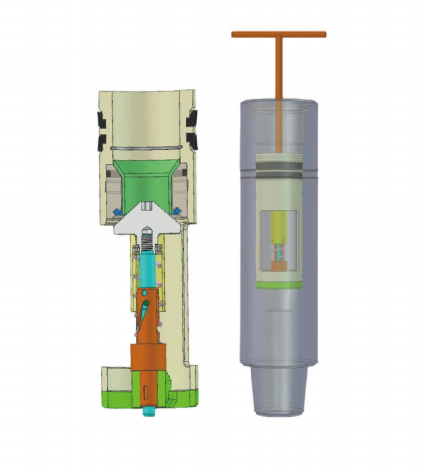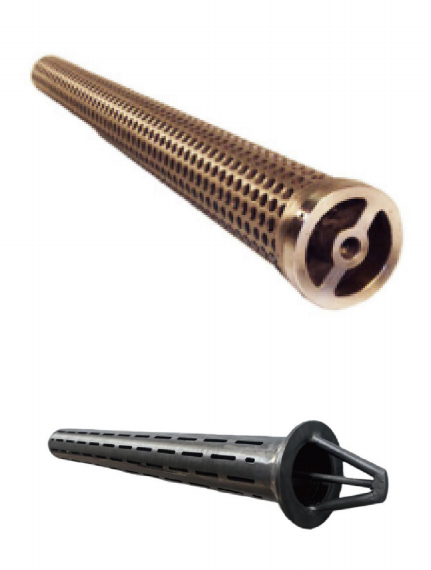I. What is a Drill Collar?
A drill collar is a core component at the bottom of the drill string in oil and gas drilling operations, characterized as a thick-walled steel pipe. Its wall thickness typically ranges from 38-53 mm, which is 4-6 times that of standard drill pipe. Connected via threaded joints to both the drill bit and the drill pipe above, the drill collar performs critical tasks including transmitting rotational power, applying downward force (weight on bit - WOB), and stabilizing the wellbore. Based on shape and function, drill collars are primarily categorized into three types: slick (plain body), spiral-grooved, and non-magnetic.
II. Working Principle of Drill Collars
1. Gravity-Based Weight Application: The core function of a drill collar is to provide stable downward pressure (WOB) to the drill bit through its own substantial weight. For example, a single drill collar with an outer diameter of 177.8 mm (7 inches) can weigh up to 36.99 kg per meter. This design ensures the drill bit efficiently penetrates rock formations without relying heavily on external weight application mechanisms.
2. Neutral Point Control: The length of the drill collar string is precisely calculated to ensure that the drill string's "neutral point" (the point of force equilibrium between tension and compression) remains within the drill collar section during drilling. This design prevents the more flexible drill pipe above from buckling under compression, safeguarding the structural integrity of the drill string.
3. Dynamic Stability: Spiral-grooved drill collars feature machined right-hand helical grooves on their surface. These grooves reduce wall contact area by 40%-50% while sacrificing only about 7% of the collar's weight. This structure simultaneously lowers the risk of differential sticking and maintains WOB stability.
III. Engineering Significance of Drill Collars
1. Core to Drilling Efficiency: Drill collars typically constitute over 80% of the total drill string weight, directly impacting the drill bit's rock-breaking efficiency. For instance, the use of spiral collars on a South China Sea platform resulted in an 18% increase in rate of penetration (ROP).
2. Wellbore Quality Control: The high stiffness of drill collars suppresses drill string vibrations, enabling precise control of wellbore deviation (e.g., maintaining inclination angles within 0.5° as demonstrated in a Tibet geothermal well project). Collar diameter selection follows the formula:
`Minimum Drill Collar OD = (2 × Casing Coupling OD) - Drill Bit Diameter`
This ensures accurate wellbore trajectory.
3. Critical for Safety: Stress relief grooves are designed at the threaded connections of drill collars to distribute alternating stresses and prevent fatigue fractures. Double-shoulder threaded connections (e.g., API standards NC50-70) withstand high-pressure environments in deep wells, significantly reducing accident risks.
IV. Secrets of Materials and Technology
1. Specialty Steel Applications:
Standard Drill Collars: Utilize AISI 4145H chromium-molybdenum alloy steel, offering tensile strength exceeding 1000 MPa and surface hardness up to 270 HB.
Non-Magnetic Drill Collars: Employ N1310 low-carbon alloy steel or 15-15HS MAX high-nitrogen stainless steel, achieving extremely low magnetic permeability (down to 1.0027 μ) to ensure Measurement While Drilling (MWD) and Logging While Drilling (LWD) data remains unaffected by magnetic interference.
2. Innovation Trends:
Carbon Fiber Drill Collars: Under testing, these offer a 40% weight reduction while maintaining equivalent stiffness, potentially overcoming limitations in ultra-deep well drilling.
Smart Monitoring: Embedded sensors enable real-time stress state monitoring, reportedly reducing incident rates by up to 70%.
Elevate your drilling operations with our expertly designed drill collars today!










